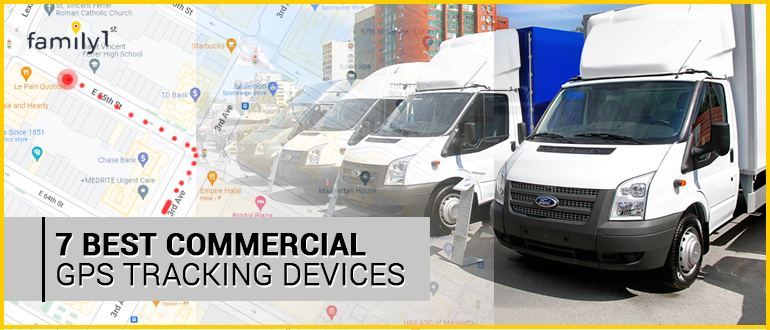Key Takeaways:
- Satellite GPS tracking system is a technology that uses satellites to provide accurate location, movement, and time data.
- Passive GPS trackers store data for later use, while active GPS trackers provide real-time location updates automatically.
- GPS trackers calculate location, speed, and altitude using satellites and trilateration.
- GPS trackers are widely used for navigation, vehicle tracking, fleet management, and personal safety.
Table of Contents
What Is A Satellite GPS Tracking System?
Satellite GPS tracking system is a technology that relies on satellites to pinpoint the exact location of objects, vehicles, or people. It helps track movements and provides accurate location data.
This system is used for navigation, fleet management, and personal tracking to enhance safety and efficiency. Industries like transportation, logistics, and defense depend on it for their operations.
Type of Satellite GPS Tracker?
Passive GPS Trackers
Passive GPS tracker stores location data in its internal memory. Users need to connect the device to a computer to access the data.
Active GPS Trackers
Active GPS tracker sends location data automatically at regular intervals to a database. It uses a cellular network or a modular system and is widely used for real-time tracking.
Read More: Passive vs Active GPS Tracking
How Do Satellite GPS Trackers Work?
GPS trackers use satellites, ground stations, and receivers to find a location. Satellites send signals, ground stations monitor them, and receivers calculate the position.
The receiver determines the location by analyzing signals from at least four satellites. This process ensures accurate tracking of location, speed, and time.
Also see: How GPS Trackers Works.
The Science Behind GPS Accuracy: Trilateration
Trilateration calculates location by measuring distances from satellites. The receiver uses signals from multiple satellites to determine its exact position.
- 2-D Trilateration: Three satellites calculate their position on a flat surface.
- 3-D Trilateration: A fourth satellite adds altitude for accurate 3D positioning.
This method ensures GPS accuracy in tracking objects or locations. Know more about: how accurate GPS trackers are.
Typical Usage of a GPS Tracker
Search and Rescue
Search and rescue teams use GPS trackers to find missing people, pets, or valuables. For example, if your dog gets lost, a tracker on its collar can help you locate it quickly.
Navigation
Navigation is more straightforward, with a GPS tracker showing the best destination route. Whether driving or walking in a new city, it guides you in real time.
Vehicle Tracking
Vehicle tracking is popular for protecting vehicles from theft or unauthorized use. Some GPS devices even help with maintenance reminders and tracking fuel efficiency.
Asset Tracking
Asset tracking helps keep an eye on essential belongings or shipments. Businesses often rely on trackers to secure cargo and prevent loss.
Tracking Loved Ones
Tracking loved ones, like kids or elderly family members, ensures their safety. Parents use trackers for school-going children, while caregivers rely on them for seniors with health concerns.
Fleet Management
Fleet management uses tracking to monitor delivery vehicles and optimize routes. This helps reduce costs and ensures on-time deliveries for businesses. Check out: Best Commercial GPS Tracking Devices.
Outdoor Adventures
Outdoor adventures like hiking and camping are safer with a tracker. These devices provide real-time location updates so that help can reach you in emergencies. Find out: Best Hiking GPS Trackers.
Health and Fitness
Health and fitness trackers measure activities like running or cycling. They help users track progress, set goals, and improve their workouts. Learn How Health Tracking Devices Uses GPS Technology.
Law Enforcement
Law enforcement uses trackers to monitor suspects or vehicles during investigations. These devices help gather evidence and track movements discreetly. Understand how police recover stolen bikes.
Family1st: Best For All Your Tracking Needs
Family1st GPS Tracker is simple and helps you track loved ones, vehicles, or belongings in real-time. It provides accurate location updates to ensure you always stay informed.
This compact tracker includes features like geo-fencing and a battery that lasts up to two weeks. It instantly alerts you when the tracker moves in or out of specific areas.
Setting it up is easy with a quick 3-step process and the Family1st Pro App. Its lifetime warranty and affordable subscription plans make it a dependable choice for keeping things safe.
Conclusion
Satellite GPS tracking systems help track locations, movements, and activities in real time. They are used for personal safety, fleet management, and asset monitoring.
With options like passive and active tracking, geo-fencing, and mobile apps, they fit various needs. These systems are reliable, simple to use, and designed to keep you connected and secure.









Next
Previous